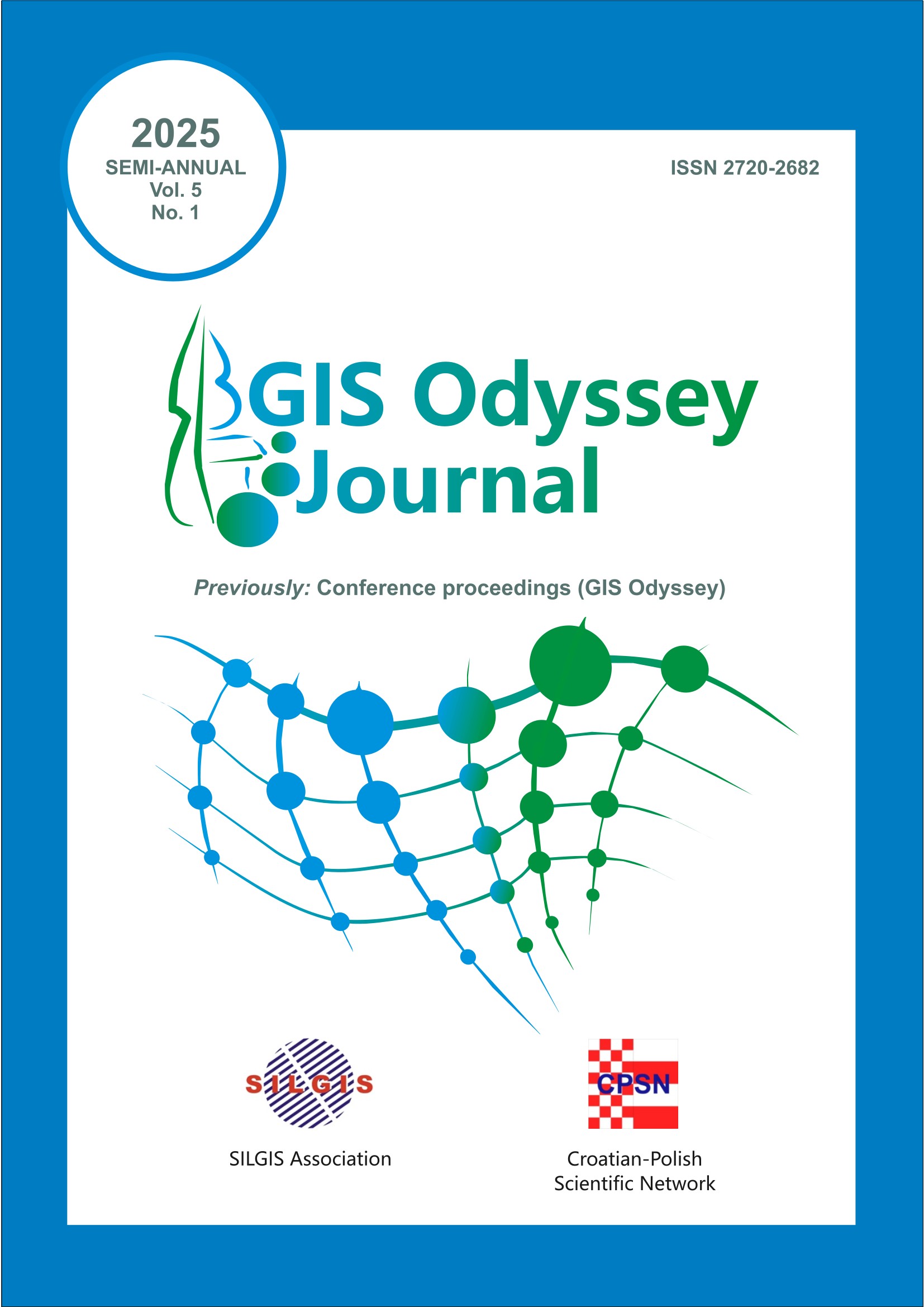URBAN SPACE OPTIMIZATION – A CASE STUDY OF THE CITY OF BARTOSZYCE
DOI:
https://doi.org/10.57599/gisoj.2025.5.1.123Keywords:
spatial management, spatial planning, GIS, optimization of urban spaceAbstract
In the optimization process aimed at identifying the most effective solution while accounting for all existing constraints, the objective is to determine the optimal variant from a set of admissible alternatives. In the field of spatial management, the term "optimization" is employed to assess the most efficient—optimal—allocation and utilization of land. This assessment primarily pertains to the spatial distribution of economic entities and is frequently applied to urban areas and their surroundings. Moreover, it serves to coordinate human activities while safeguarding ecological structures and natural resources to achieve sustainable development.
This article presents a procedure for urban space optimization, which could be incorporated into the process of modifying land-use functions. The primary objective of the analysis is to determine a new, optimal land-use function by considering key social, economic, and environmental criteria that significantly influence urban space utilization. Additionally, the study introduces the concept of optimizing spatial processes, the methodology for identifying optimal land-use states, and the potential application of optimization methods, which are regarded as decision-support tools in spatial planning and management. Particular emphasis is placed on the use of Geographic Information System (GIS) tools as analytical instruments facilitating the optimization of spatial structures.
Downloads
Published
How to Cite
Issue
Section
License
This is an open access publication, which can be used, distributed and reproduced in any medium according to the Creative Commons CC-BY 4.0 License.







